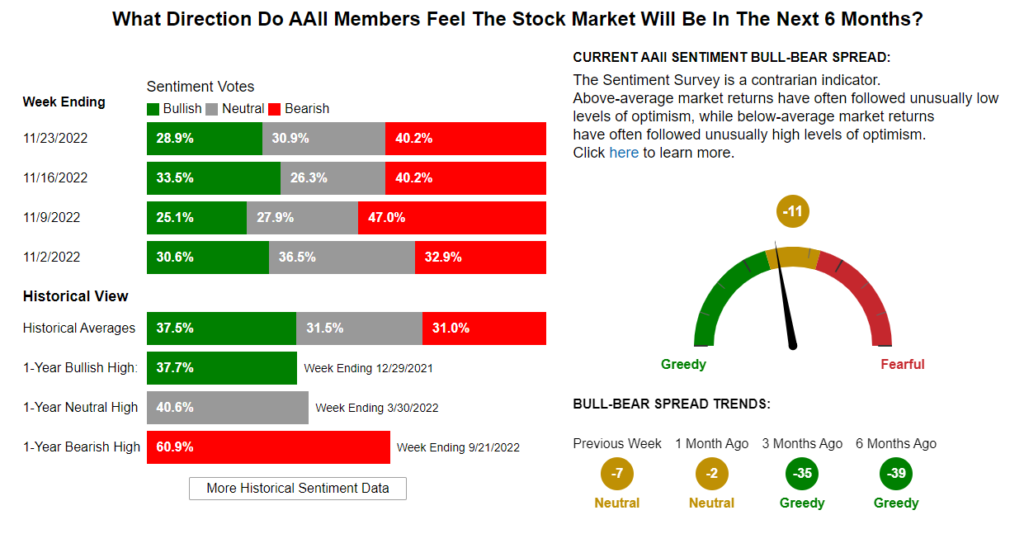Never Look Santa’s Gift (Horse) In the Mouth
Every gathering, regardless of whether it is with friends or strangers, the question always arises “Is now a good time to invest in the market?”. Market timing is always difficult and has nuance depending on the time horizon being considered. If you have decades until retirement, the answer should always be yes, near fully invested. However, what people are really asking is, “If I buy today, will I be disappointed within the next couple of months?”. There is never a perfect answer, but we can highlight certain times when, on average, the probabilities are more in your favor for purchasing a long-term investment.
Here are four points to consider – Momentum, Seasonality, Sentiment, and Inflation.
- Since 1980, there have been 19 times where the price of over 45% of stocks made a new 30-day high together. Of the 19 times that this happened, 73.7% of the time you have a positive return exceeding 3% over the next two months (the median return was 7%). This indicator just occurred on the 10th of November 2022 (per Ned Davis Research).
- Seasonality has a real effect on when returns on average occur during a calendar year. The typical strongest point in time begins in October and extends all the way into the end of the year, sometimes into earlier next year. This is the well-known Santa Claus rally.
- Sentiment is currently more negative than normal. The AAII Bull vs Bear Sentiment Survey has a larger than normal tilt towards fearfulness. In addition, the futures market commitment of trader’s report has its lowest reading since 2016 (The report analyzes how negatively tilted money managers are positioned in futures markets). Remember the old adage, buy when there is fear.

- When inflation’s rate of change expands upwards, the price [or valuation multiple] investors pay for a business falls. Fear increases around the potential damage inflation will wreak on business profits. Conversely, when inflation’s rate of change peaks or begins to marginally decline, investors collectively heave a sigh of relief and become more willing to pay higher prices for businesses that have been previously beaten up.
To summarize: When there is bearish sentiment in the market, when inflation’s rate of change has potentially peaked, when we are in the seasonally strongest part of the year, and with many stocks having made a new 30-day high together, we just might get to enjoy some positivity over the coming months.
So, the next time you hear someone ask, “When is best time to buy the market?”. Tell them it always is, but typically, it works a little bit better a few months before Christmas.



